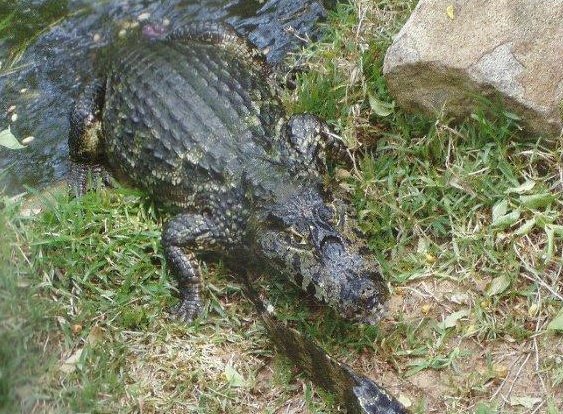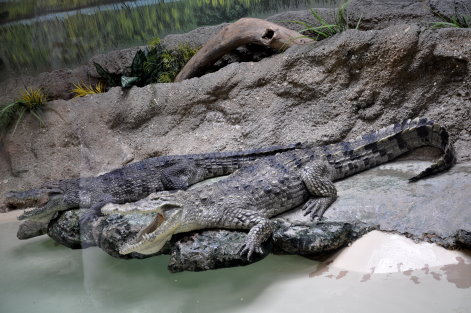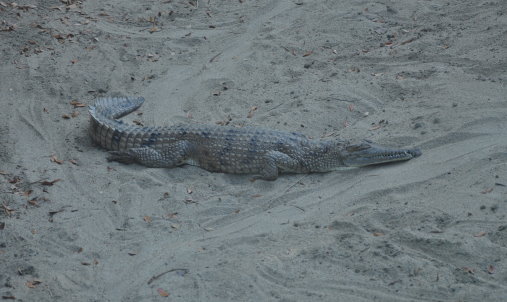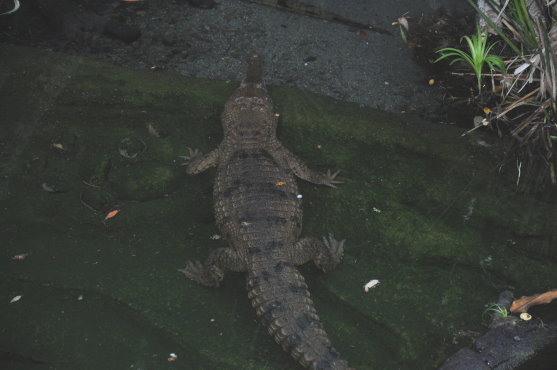Measurement Male Female Weight Length Height Other Characteristics Description Color/Body Habitat Food Status Reason for Status Gestation Longivity Physical Description
Read more
· Reptiles are the leftovers of the age of dinosaurs
· They are continuously evolving.
· They are cold blooded
· Unlike Mammals and birds they can not regulate body temperate.
· When it is hot they go inside the shelter to avoid heat and extreme coldness
· Reptiles scales provide proteins called keratin.
· All reptiles breathe using lungs.
· Reptiles have several bones in there jaws where as mammals have a single jawbone.
· There skin is dry and have no glands.
· There skin is covered in scales.
· Reptiles live in deserts, forests, freshwater wetlands , mangroves and open ocean.
· They breathe air, and lay shelled eggs ( except for vipers and constrictors )
· Reptiles are Oviparous ( egg laying animals )
· Reptiles are divided into four categories
1. Crocodilian ( Crocodiles Gavials, Caiman and Alligators ) 23 species
2. Sphenodontia ( Tuataras from New Zealand ) 2 species
3. Squamata ( Lizard, Snakes, Worm lizards ) about 7,900 species
4. Testudines ( Turtles, Terrapins, Tortoises ) About 300 species

Measurement Male Female Weight Length Height Other Characteristics Description Color/Body Habitat Food Status Reason for Status Gestation Longivity Physical Description
Read more
Measurement Male Female Weight Length Height Other Characteristics Description Color/Body Habitat Food Status Reason for Status Gestation Longivity Physical
Read more
Measurement Male Female Weight Length Height Other Characteristics Description Color/Body Habitat Food Status Reason for Status Gestation Longivity Physical Description This
Read morePhysical Description This has a characteristic long snout. The only other animal which is closer to this is the false gharial which actually belongs to
Read moreFalse gharial is also known as Malayan Gharial and belongs to the alligator family. They are also called as Tomistoma. Physical Description They are dark
Read more
Measurement Male Female Weight Length Height Other Characteristics Description Color/Body Habitat Food Status Reason for Status Gestation Longivity Physical Description
Read moreThe two species are American alligator and the Chinese alligator. They are native to united states and china. American alligators live in freshwater Chinese
Read morePhysical Description Legs of American alligators are short, the front legs have five toes while the back legs have only four. The snout of
Read moreAlligators differ from crocodiles principally in having wider and shorter heads, with more awkward snouts; in having the fourth, enlarged tooth of the under
Read more